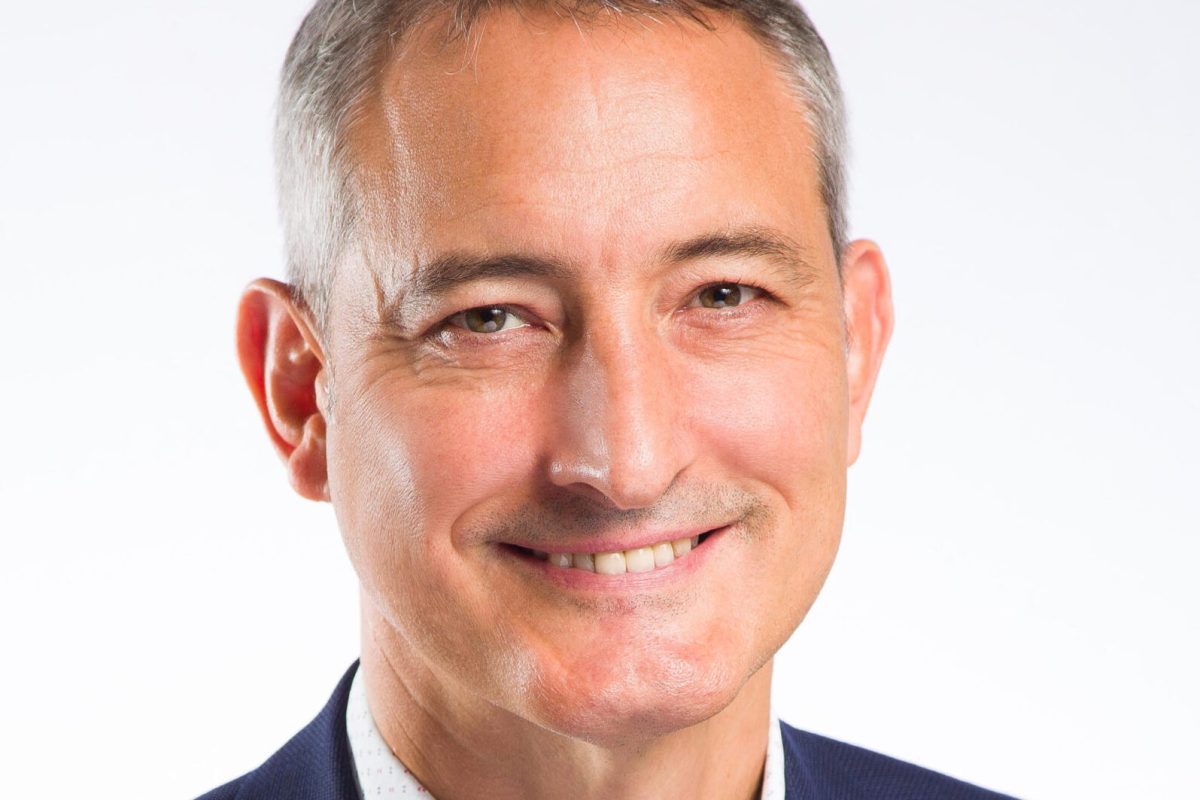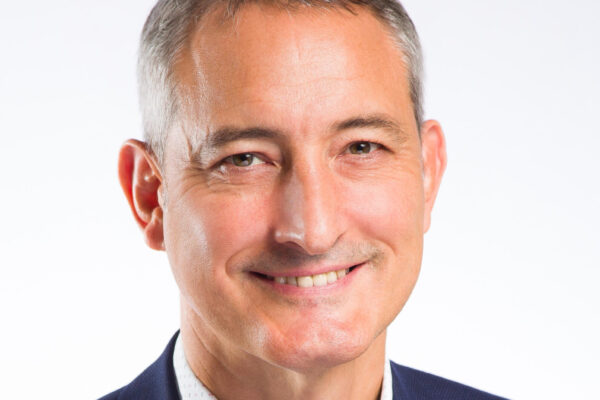You need a good reason to be in wound care. Speak to any life sciences investor and they will list the challenges: heterogeneous disease, difficult trials, a narrow field of global players, insufficient R&D investment, and wary venture and private capital. But once you are in wound care and peek behind the curtain (or ‘under the dressing’), it’s very hard to leave. Chronic wounds are so common, the suffering so grim and the lack of breakthrough innovation so apparent, that it is hard to walk away and ‘give up’ on these patients. After all, one of the key risk factors is age, which none of us can shy away from.
Personally, I have had many moments that reminded me why I and the Solascure team are in wound care, whether it is seeing the patients in our trials, or speaking to incredibly dedicated and passionate (but often exasperated) nurses. A seminal moment was just a few months ago at the opening of a conference when senior industry figures reminded and challenged us that, despite all of the many product launches over the last 25 years, chronic wound healing rates have barely changed.
So why is this? The following views neither profess to speak for, nor ignore, the many dedicated clinicians, researchers, nurses and others across our industry, who commit their lives to making a difference to chronic wound patients, but from this vantage point there are several pervasive and interconnected factors constraining our industry, each reinforcing the other.
- A lack of recognition and visibility: Wounds are ‘expensive’, not only in terms of personal pain and suffering but also the enormous financial and resource costs across the healthcare system. Lengthy hospital stays, catastrophic complications such as amputation, and frequent clinic and/or home visits, which can go on for months and years, all contribute to this human and financial cost. Without a defined medical specialty or department, the costs of chronic wounds are incurred in almost every budget across healthcare, yet rarely are they totaled and acted upon in a concerted fashion. This is a scary thought when looking to the future. For example, it doesn’t take much math to multiply forecast increases in diabetes with the prevalence of concomitant diabetic foot ulcers to glimpse a world of greatly increased amputation and mortality – unless we act now.
- A phraseology of acceptance: Wound ‘care’ should become wound therapy. In many areas of medicine (perhaps cancer aside), we talk of ‘therapies’ and ‘treatments’ rather than ‘care’. Of course we don’t have a cure for every disease, but we do demand that patients are offered solutions that will make a notable difference to their lives, and, hopefully, funding duly follows. Yet in the realm of chronic wound care, we seem to accept wounds as a fact of life and assume they will just take time to get better. Such attitudinal change will need to be backed up with ambitious science, such as deeper insights into the science of wound healing to provide targets for therapies.
- A lack of investment: With wound care costs being an issue for everyone but a priority for no-one, and the slow healing of chronic wounds accepted as a fact of life, there is a perception that advanced therapies are too difficult and costly to develop and would not be adopted even if approved. Innovators are also partly to blame, with novel technologies too often being logistically difficult to deliver where the bulk of chronic wounds are treated – in thousands of small clinics and long term care facilities, and millions of homes. This creates a vicious cycle where the R&D budgets of large players and venture capital investment, which have historically been insufficient, fail to deliver or fund real breakthroughs. The notable exception in recent years is skin substitutes in the US. The many lessons of which I will leave to other specialist commentators, but suffice to say that promising new technologies should be backed by clinical evidence.
- A history of product extension, rather than innovation: Whether a cause or effect of the factors above, it is no great surprise that there has been little appetite for development risk in wound care for some time. Despite much progress in technology, wound understanding and how to run trials in chronic wound indications, the option of a low risk, low cost (and low reward) 510(k) path to market has pervaded development plans. This has resulted in a plethora of ‘me too’ products and product extensions, each nudging care along but collectively failing to address the fundamental challenges for patients and clinicians.
At Solascure, we are determined to break this cycle. We believe in the potential for true innovation in wound care, driven by a combination of increased visibility of costs to patients and systems, targeted investment, and a shift in mindset from ‘care’ to ‘therapy.’ Our mission is to offer real solutions that significantly improve patient outcomes and transform the landscape of chronic wound treatment.
In the articles to come I have challenged the team here at SolasCure, some with decades of experience at the highest level of the industry, to outline the ways in which we are aiming to truly make a difference and transform how chronic wounds are treated, with the development of our groundbreaking innovation, Aurase Wound Gel.
We are not just in this field by chance; we are here by choice, driven by a commitment to make a difference. The battle against chronic wounds is an unseen one, but it is a battle worth fighting.
Author: Lee Harle, Chief Executive Officer
Lee has served as CEO of SolasCure since 2023. He is an experienced CCO, CMO & global business-unit leader with >25 years of experience building businesses & joint-ventures in life-science, consumer goods, technology industries around the world. Since joining SolasCure, Lee has become passionate about the wound care industry and specifically Aurase Wound Gel’s potential to help millions of patients globally.








